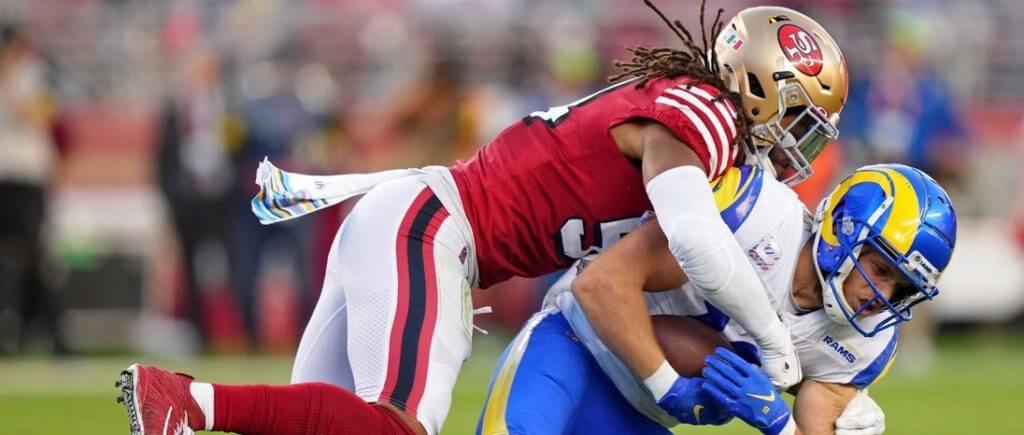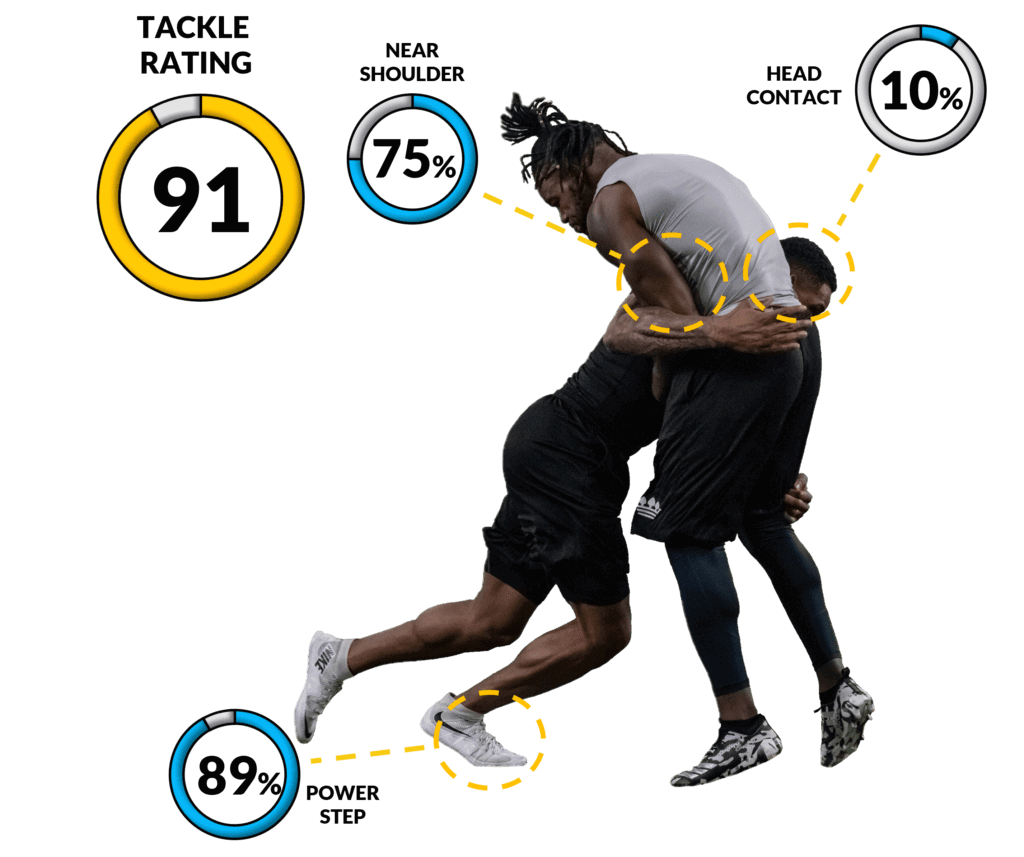Tackling is hard. It is a skill that takes years to master and one that can be compromised by poor technique. The sport of football has continued growing in popularity over the past decade, but there has yet to be a corresponding growth in tackling training resources or coaching education. As a result, injuries are still very prevalent.

The Importance of Tackling
Tackling is a complex skill. It's a high-speed, high-impact collision that requires players to be in an optimal position and execute their technique flawlessly.
Tackling is also fundamental to football; it's not something coaches can teach out of existence. Players must learn how and when to tackle for power and how best to protect themselves from injury. Suppose players practice tackling one another during practice drills and deepen their skills. In that case, they will develop proper form for tackles and instincts about focusing more on generating power and when to aim for control. This intentional practice reduces the development of bad habits like leading with their head or contacting opponents above their shoulders.
Tackling Safety is Essential
Tackling is a fundamental part of the game. It occurs in every play and is the primary way to stop opponents from scoring.
It's also hard to do safely and consistently at a high level, so injuries sometimes occur when players tackle each other. When you think about it, this makes sense: two large men running towards each other at full speed while holding an object they want very badly--that would hurt even if you were walking into someone else!
So how can we reduce the risk of injury when tackling? There are several fundamental things coaches can do:
• Remember that tackling is not instinctual for most athletes; it is a skill that needs to be learned and practiced.
• Practice drills that allow kids to practice these techniques without contact and work their way up from tackling dummies and pads to actual players.
• Remind your athletes to keep their heads up when tackling, so they can track the ball and ball carrier.
• Help your athlete improve their agility, balance, and strength to be better prepared for contact.
• Teach them how to fall when tackled so that they can protect themselves from injury.
Statistics are Helpful
Statistics are an excellent way for coaches to understand what is happening on the field in more detail. They can help identify trends in defensive performance, areas of improvement, and strengths and weaknesses of their team.

Going beyond the typical tackling metrics can tell a compelling story and allow coaches to make better decisions. For example, let's say you have been tracking tackles made by your players throughout several games. You notice that one player has been consistently making more tackles but that they are allowing more Yards After Contact (YAC) than other players on your team this season. This information would be helpful when deciding which players should play more frequently and in which situations.
During future games, the players that are most consistent in executing their technique are both efficient and effective tacklers, which contributes to the overall safety of the tackler and ball carrier.
Video Analysis is Robust
Video analysis is a powerful tool for coaches. It allows them to identify and correct techniques, strategies, and physical and mental conditioning issues.
Video analysis can be used in many different ways:
• To evaluate an individual player's performance during practice or games (e.g., by measuring their success rate vs. cut blocks)
• To analyze team tactics/strategies to improve them (e.g., by analyzing how many times a defender is thriving in a 1-on-1 tackling situation)
Atavus provides coaching education and analytics to improve defensive performance and safety in tackling. We have developed several tools that have been shown to reduce head contact rates by up to 40%.
Our mission is to help coaches, players, and parents make more informed decisions about the sport they love.
Conclusion
Tackling is a challenging skill that requires a lot of practice. But with enough time and dedication, you can learn to tackle safely and effectively. Performance and safety are not mutually exclusive. Atavus coaches have helped thousands of athletes improve their tackling through educational seminars, video analysis, online tools, and team coaching sessions. If you'd like more information on how we can help your team tackle safety and performance training, don't hesitate to contact us today!